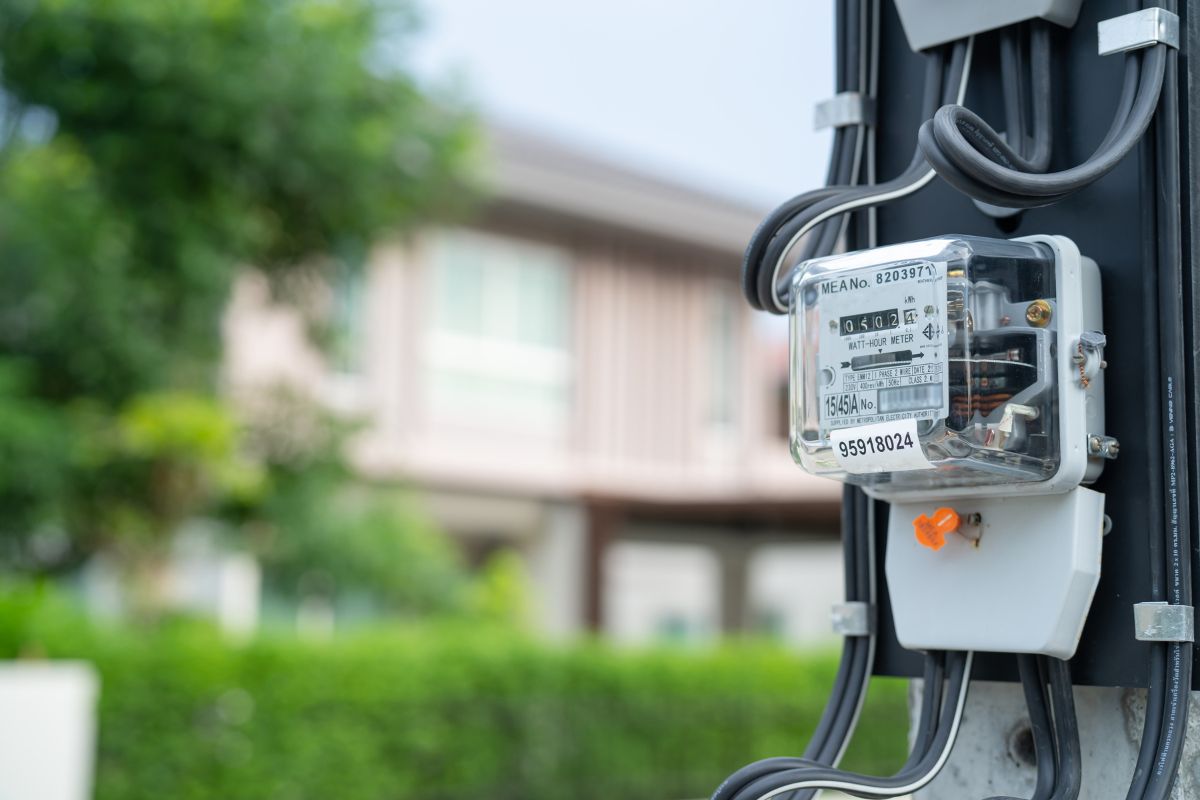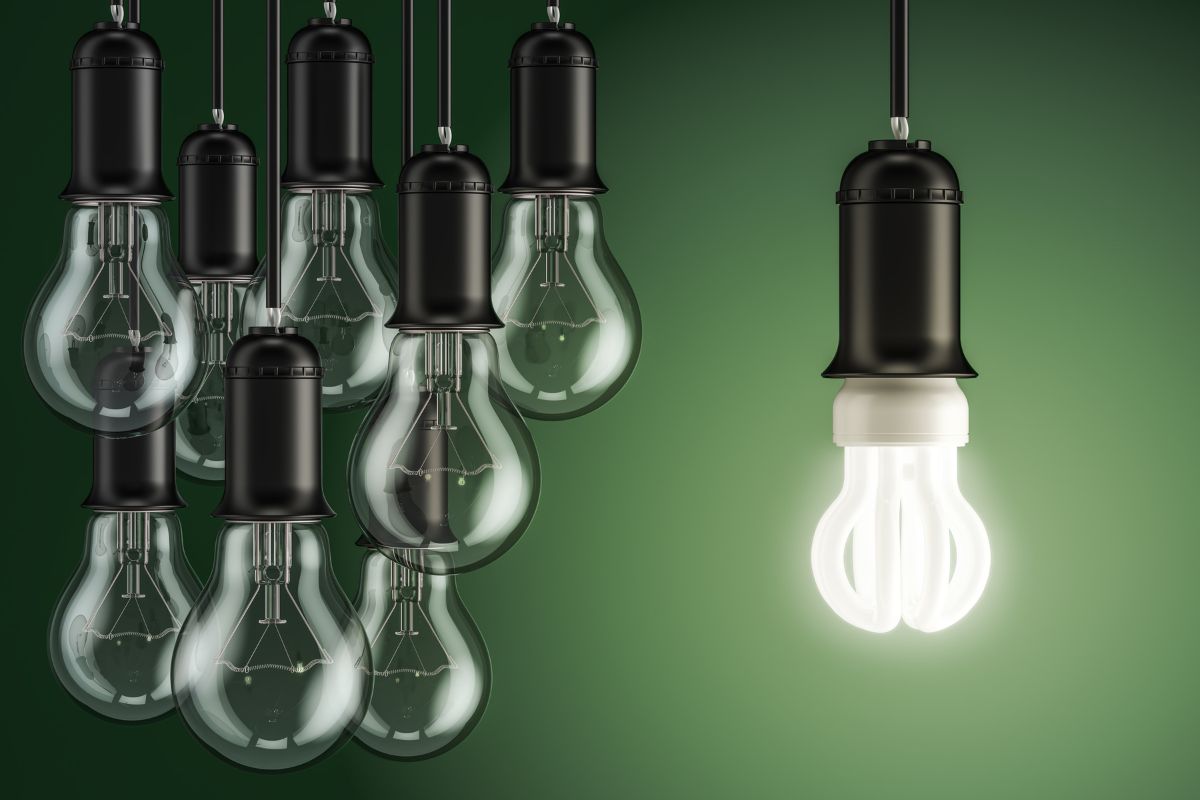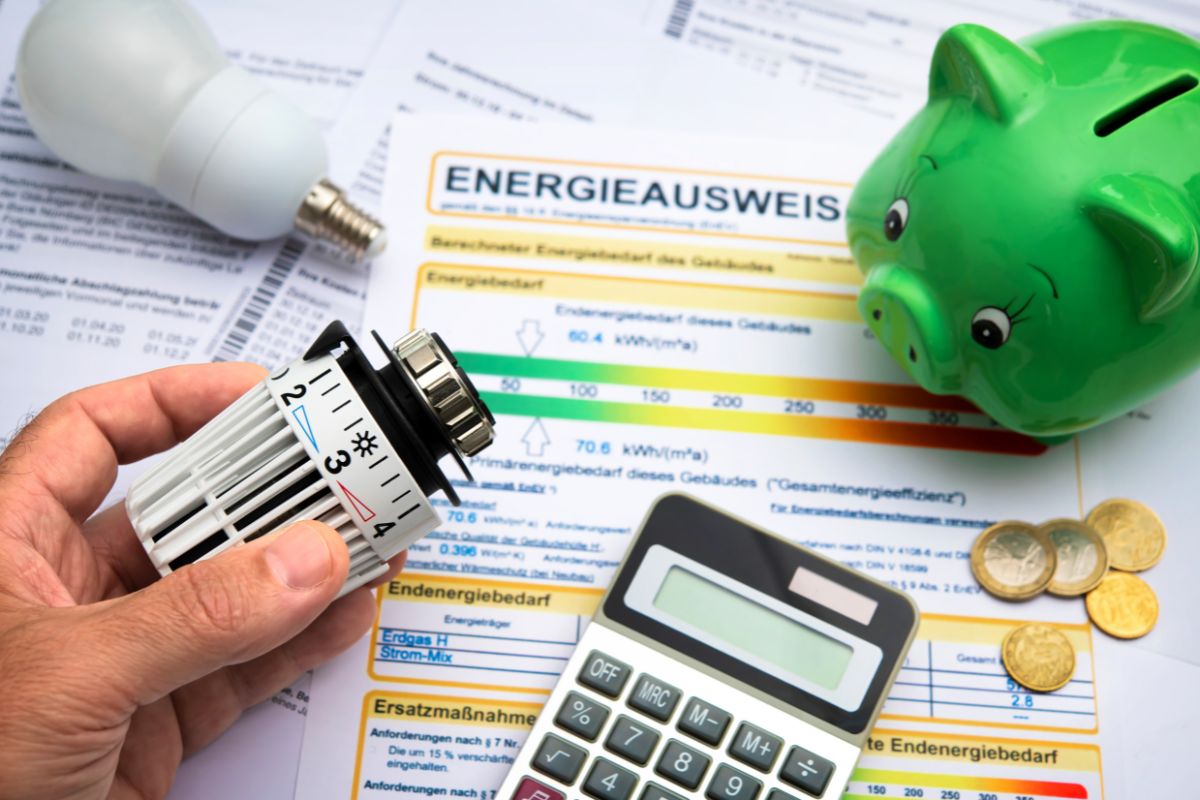What is Light Distribution
Light distribution refers to the pattern in which light is emitted and spread out from a lighting fixture or source. It describes how the light is dispersed across a specific area or space, determining the directionality, intensity, and coverage of the light. The distribution pattern of light is an important consideration in lighting design, as it directly affects the effectiveness and efficiency of the lighting system. By understanding and selecting the appropriate light distribution, designers can ensure that the desired level of illumination is achieved in a given application or environment. There are various types of light distribution patterns that are commonly used. These patterns are categorized based on their specific characteristics and applications. For example, Type I distribution is ideal for lighting walkways and sidewalks, while Type II distribution is suitable for wide walkways and entrance roadways. Type III distribution is commonly used for general roadway lighting and parking areas, providing a larger area of lighting coverage.
Looking For Motion-Activated Energy-Saving Solutions?
Contact us for complete PIR motion sensors, motion-activated energy-saving products, motion sensor switches, and Occupancy/Vacancy commercial solutions.
Frequently Asked Questions
How Do You Evenly Distribute Light
By placing a diffuser between the LED and the observer, it is possible to disperse light more evenly. This helps achieve a more uniform distribution of light, along with the use of reflective surfaces, light pipes, or light guides.
What Factors Affect Light Distribution
Other elements that can impact light distribution include curtains, the presence of trees outside the window, weather conditions, the season of the year, shade from neighboring buildings, and the cleanliness of the window. Additionally, the use of reflective, light-colored surfaces inside a home or office can enhance light intensity, whereas dark surfaces have the opposite effect, reducing light intensity.









